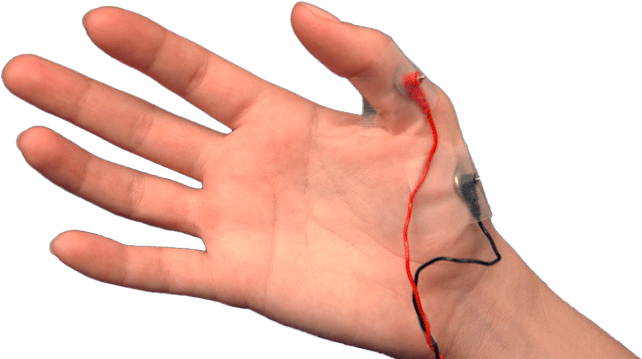Test info

Electromyography/Nerve Conduction Test and Neuromuscular Ultrasound Explanation
EMG and NCS tests are done in order to evaluate the condition of nerves and muscles. During the test there may be a very mild electrical stimulation applied to your extremities, and a very thin electrode-needle will be inserted into some of the muscles in order to observe their reactions. The test makes use of highly-sophisticated computerized equipment, which allows calculations of the rate at which your nerves conduct electrical impulses, and it assesses whether or not your muscles may have had some interruption in their nerve supply, or whether there is any damage in the muscles. This gives your doctor information about such disorders as injured nerve roots, damaged nerve and muscle disorders, which will allow a better understanding of your problem and provide for the best possible treatment.
There is often some discomfort during the procedure, but it is usually mild, and you should feel free to ask for an explanation or a rest in between various parts of the study as it progresses. Generally, the complete examination requires an hour.
Please do not use any lotion, ointments, creams, or powder on your skin for 24 hours prior to the test. Clean skin is imperative. However, you may use deodorant.
In certain cases, we may recommend a neuromuscular ultrasound. This is a painless procedure that helps your doctor see nerves, muscles, and soft tissues in real time, giving a clear view of these important structures.
When paired with electromyography (EMG), neuromuscular ultrasound combines detailed images of the body’s structure with information about how these structures are functioning. This combination enhances our ability to diagnose and understand various conditions.
During the procedure, a small amount of ultrasound gel is applied to your skin. Then, an ultrasound probe is gently moved over the area, allowing us to visualize the underlying structures. This process is straightforward and non-invasive, ensuring your comfort while providing us with valuable insights.
Click on the play button to view our EMG Test Video
Haz clic en el botón de Reproducir para ver nuestro video de Prueba de EMG
Explicación De La Prueba De Electromiografía (EMG), Del Examen De Conducción Nerviosa (NCS) Y Ecografia Neuromuscular
El EMG y el NCS son pruebas que se hacen para medir la velocidad con la cual sus nervios conducen el impulso nervioso (similar a la conducción de la electricidad) y para medir la manera como sus músculos responden a cierto estímulo. Durante la prueba se le insertará una aguja muy pequeña en algunos musculos a través de la cual se le aplicará una estímulo eléctrico de muy bajo voltage. Durante el examen, se utiliza un equipo de computación altamente sofisticado, el cual nos permite calcular la velocidad a la cual sus nervios conducen el impulso nervioso y determinar si existe algun daño en el músculo. Esta información ayudara a su médico a diagnosticar problemas, incluyendo lesiones en la raiz del nervio u otras abnormalidades tanto en los nervios como en los músculos, y de esta manera entender su problema y ofrecerle el mejor tratamiento posible.
Usualmente, los pacientes sienten alguna molestia durante el examen, pero ésta es generalmente leve.
Usted puede pedir que se le explique los que se le está haciendo durante el examen,
e incluso que lo interrumpamos momentaneamente. El examen tiene una duración de 1 hora.
Por favor, no use aceite, loción, crema o talco en la piel 24 horas antes del estudio.
Sólo se permite el uso de desodorante. Limpiar la piel es indispensable.



